
Testaccio and surroundings... Rome in “C'è ancora domani”
In the latter half of the 1940s, Rome was caught between the positive energy resulting from liberation and the miseries caused by the recently ended conflict. Some families had become rich on the black market during the war but others struggle with a thousand odd jobs to make ends meet, trying to get by as best they can.
They include Delia, who lives in the working-class neighbourhood of Testaccio with her husband Ivano and their three children. She is defined by the roles of wife and mother which appears to satisfy her. The man she married, Ivano, is the undisputed head of the family, who supports them financially and never misses an opportunity to underline it, sometimes with contemptuous tones, other times directly with his belt. On the other hand, "he has been through two wars", so his behaviour is considered normal!
Fortunately, their beloved eldest daughter Marcella is about to get engaged to steady, middle class Giulio. Will marriage save Marcella from her mother’s fate? A fate she shares with many women, from the poorest to the bourgeois and the wealthy. It is not for the woman to study, speak or express an opinion. Will it always be like this? After all, "There is still tomorrow"...
Print itinerary